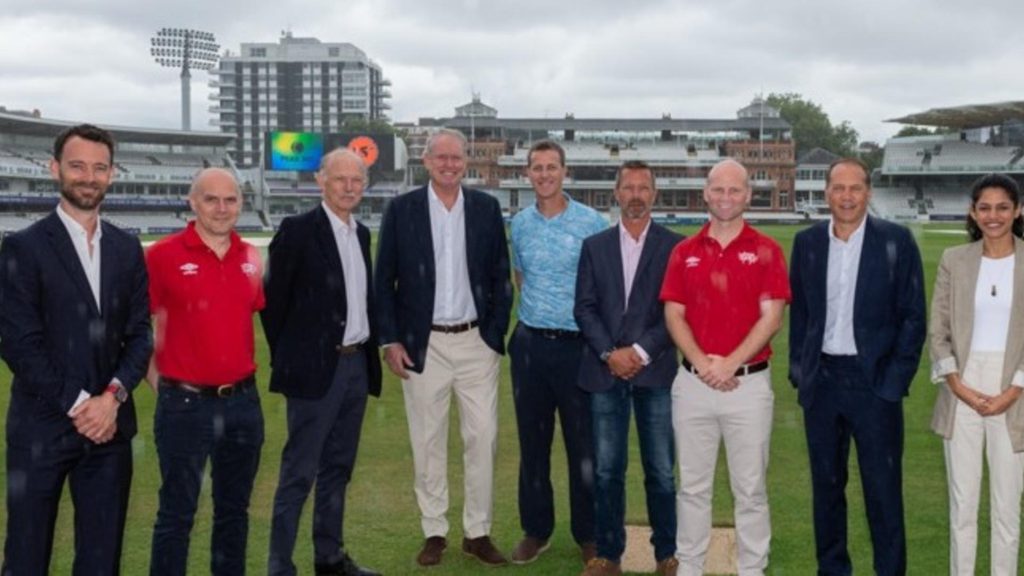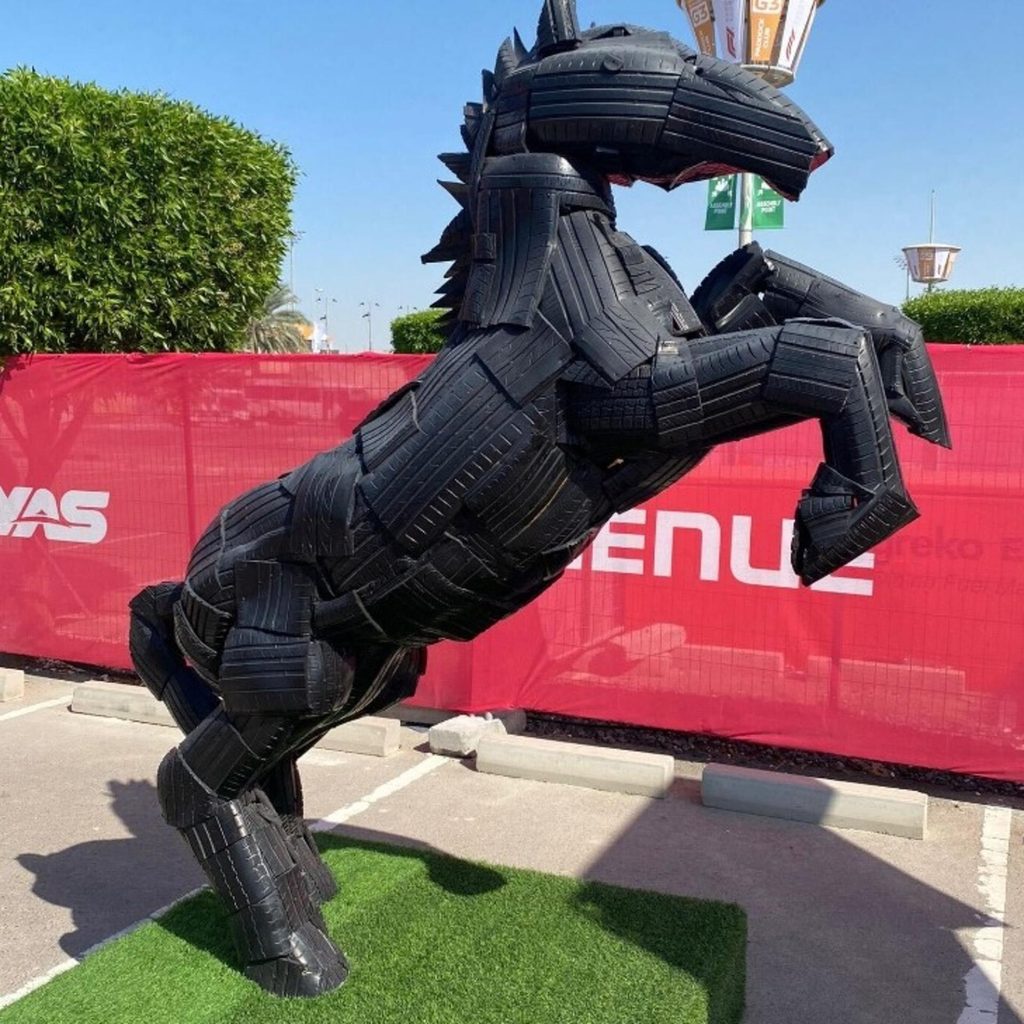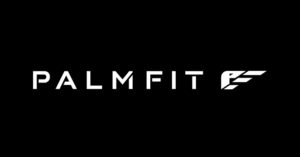
In the blog last week we talked about the importance of carbon emissions measurement. In follow up this week in our first first guest blog, we hand over to the experts from Carbon Happy World to provide their own view on the exercise that we went through together. Ben Hardy-Jones provides the Dubai Sustainability Spotlight, detailing his experience with Ethara at the Formula 1 Etihad Abu Dhabi Grand Prix.
Karan Ravishankarat Carbon Happy World:
In an era where corporate responsibility towards the planet has become a prerequisite to doing business across geographies, understanding and mitigating the carbon footprint of business entities has become a critical first step. Here we share our experience of measuring the Desert Vipers carbon footprint, shedding light on the challenges faced during the process, particularly in the sourcing of accurate data and working with stakeholders, both internal and external. Desert Vipers, like any other entity, contribute to greenhouse gas emissions through their operational activities in Dubai and elsewhere. Measuring their carbon footprint is a crucial first step towards adopting sustainable practices, reducing environmental impact, and fostering a commitment to corporate responsibility.
Some of the main challenges we faced when we took on this project:
What helped us overcome these challenges:
(Editors note: Kind words Karan – we learnt so much from you guys during the process, and we are only just getting started. There are other sports organisations that are further along their own sustainability journeys than the Desert Vipers. Hopefully by sharing our own experiences we can be helpful to our peers whatever stage they may be in addressing this challenge, which is so important to sport’s future. We only win if we all win…)
The F1 event has lots of areas for eating/drinking/relaxing. These areas were constructed using upcycled materials. For example, old oil barrels or tyres were used as the legs of tables, last year’s benches were used, but painted a different colour, and unused wooden pallets were turned into seating. This reduced the amount of materials needed for the event! Some of the artwork around the circuit was made from upcycled materials: for instance, a prancing horse was constructed from old car tyres (see photo).

A staggering 4 billion (yes, you read that right!) plastic bottles are consumed in the UAE each year. The circuit took steps to address this issue: they had water refill stations positioned throughout the circuit, including in hospitality areas. For those fans who didn’t bring a reusable water bottle to the circuit and so needed to buy one, the options available were plant-based plastic bottles, or 100% recycled plastic bottles. Both options are vastly better for the environment than virgin plastic, so well done to the team for providing those options!
Following the water theme, there were plentiful recycling facilities around the circuit. One option was to put plastic waste in bins for a local company called DGrade, who take that plastic and upcycle it into clothing, for both general sale and uniform for the circuit staff. This is an excellent example of a more circular economy! There were several dozen acts performing across the venue, and all of these acts live locally, to reduce the emissions from transport to the event, and support the local arts.













